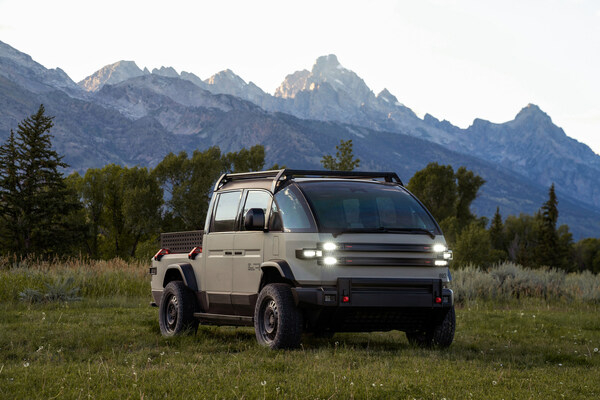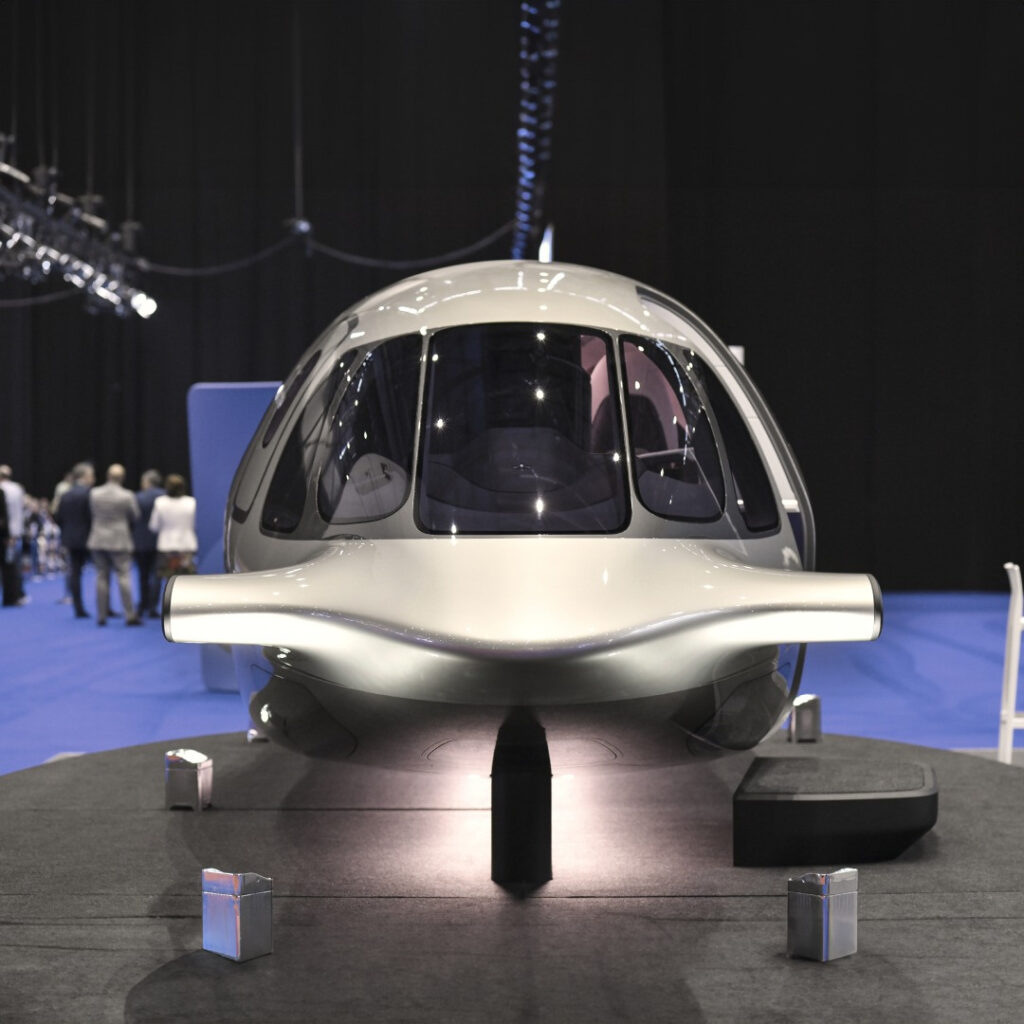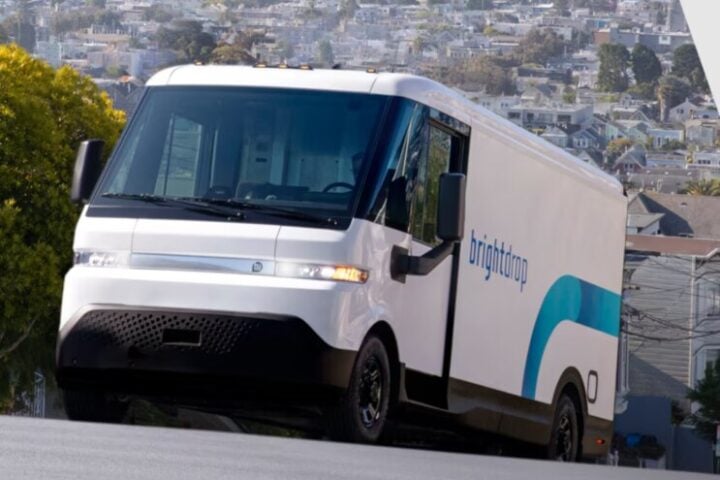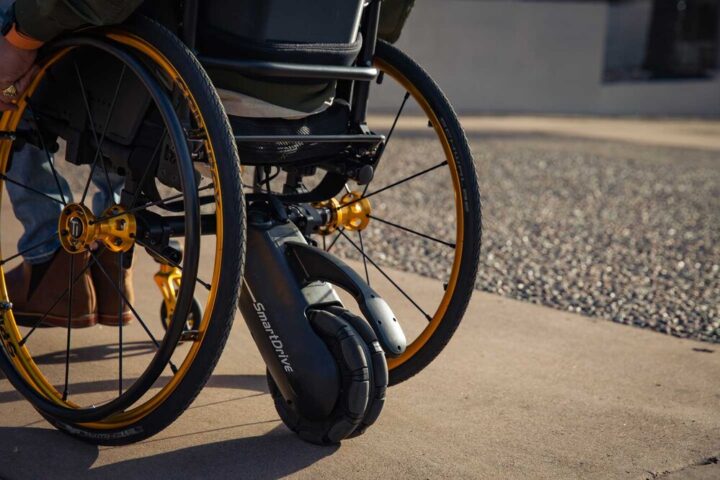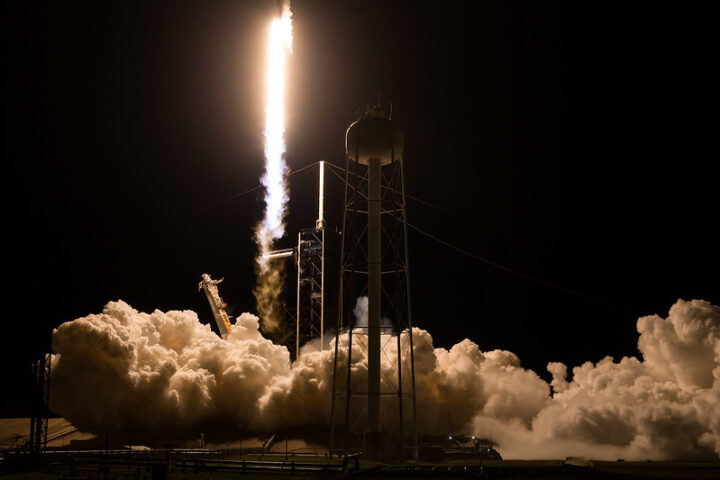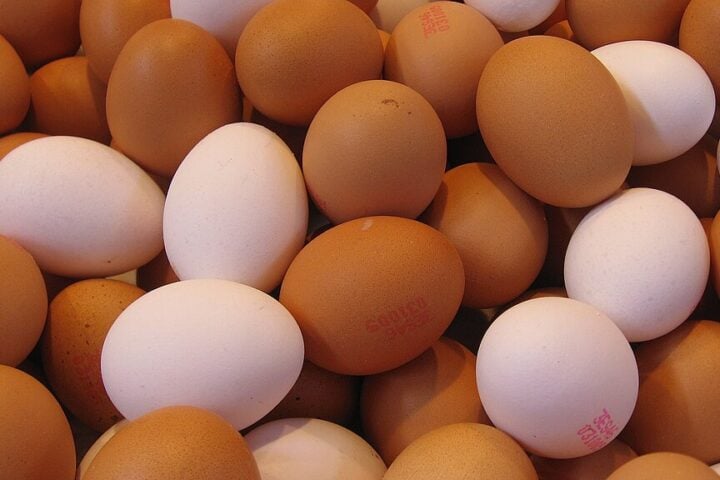NASA and SpaceX have teamed up again for their 29th commercial resupply mission. Picture this: a Dragon spacecraft, not with wings but with state-of-the-art technology, embarks on a cosmic journey. Launched from the iconic Launch Complex 39A at NASA’s Kennedy Space Center, this uncrewed vessel, aboard the reliable Falcon 9 rocket, soared into the skies on November 9 at 8:28 p.m. EST. Its destination? The International Space Station (ISS), a beacon of human achievement orbiting our planet.
Now, let’s dive into the cargo – a whopping 6,500 pounds of it! This isn’t just any delivery; it’s a treasure trove of scientific experiments and tech demos. First up, we’ve got the ILLUMA-T. Think of it as the next-gen space internet, testing laser communications from the ISS to Earth. This isn’t your typical Wi-Fi setup; it’s about zapping data through space at unprecedented speeds.
Then there’s the AWE (Atmospheric Waves Experiment). This isn’t about surfing but about riding the atmospheric gravity waves to understand the energy flow in Earth’s upper atmosphere. It’s like being a cosmic detective, unraveling the mysteries of our planet’s air currents.
Similar Posts
But wait, there’s more! Ever thought about how astronauts deal with health issues in space? Enter the Gaucho Lung project. This experiment is all about understanding how drugs travel through the mucus in our respiratory system in microgravity. It’s crucial because what we learn up there can help improve treatments down here on Earth.
Water, the essence of life, is also a focus. The Aquamembrane-3 experiment is like the Rolls Royce of water filters, using aquaporins (proteins from biological cells) for efficient filtration. This could revolutionize how we reclaim water in space and in challenging environments on Earth.
The Dragon isn’t just carrying experiments; it’s also a cosmic courier for vital hardware. From parts to keep the ISS’s atmosphere in check to a dosimeter that measures space radiation, every piece plays a role in ensuring the astronauts’ well-being.
And for the space botanists out there, there’s Plant Habitat-06. This isn’t your backyard gardening; it’s about understanding how space affects plant defense mechanisms using tomatoes. Yes, tomatoes in space!
This mission is a blend of science, technology, and human curiosity. It’s not just about sending stuff to space; it’s about expanding our knowledge, pushing the boundaries of what’s possible, and bringing those lessons back to Earth. It’s a reminder that when we reach for the stars, we often find solutions for our planet.
So, as the Dragon spacecraft makes its autonomous docking at the ISS, remember this: it’s more than a spacecraft; it’s a symbol of our quest for knowledge, a floating laboratory unlocking secrets of the universe and improving life on Earth. For space nerds and science enthusiasts alike, this mission is a thrilling blend of adventure, science, and the unyielding spirit of exploration.

